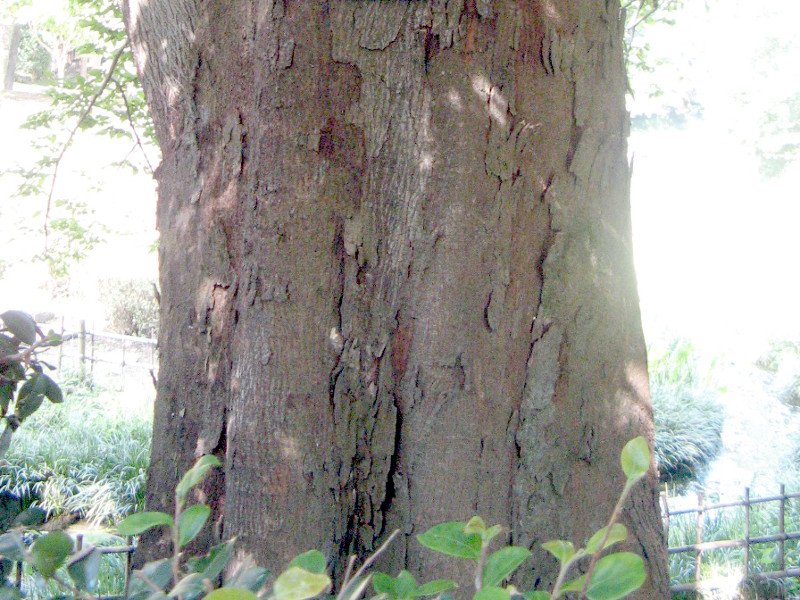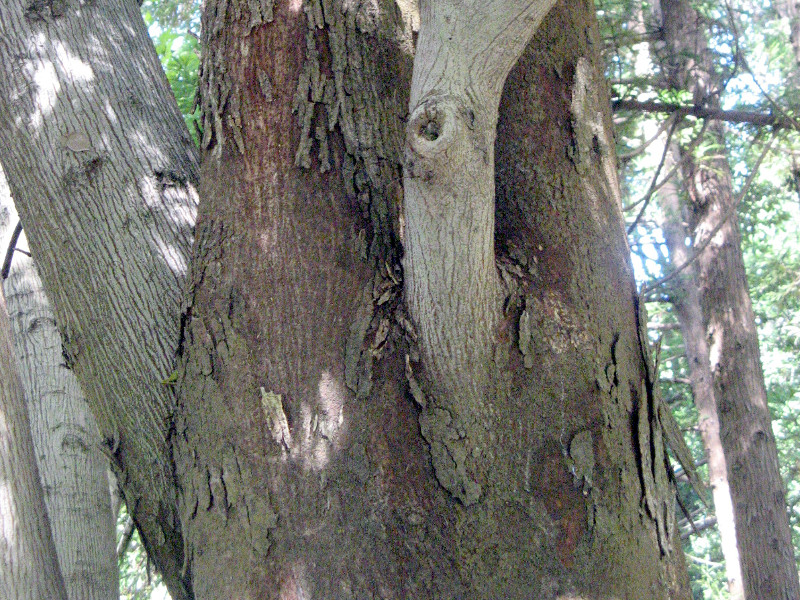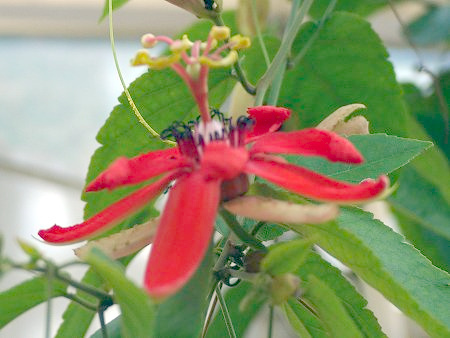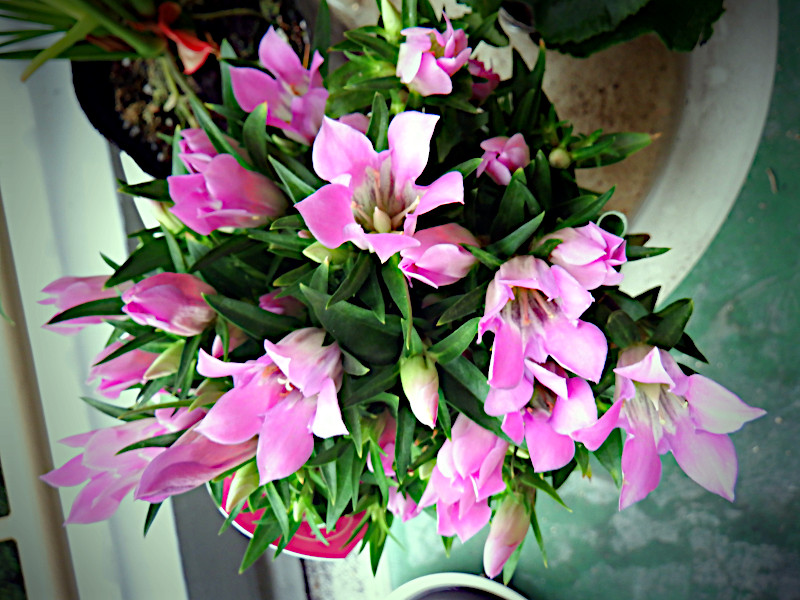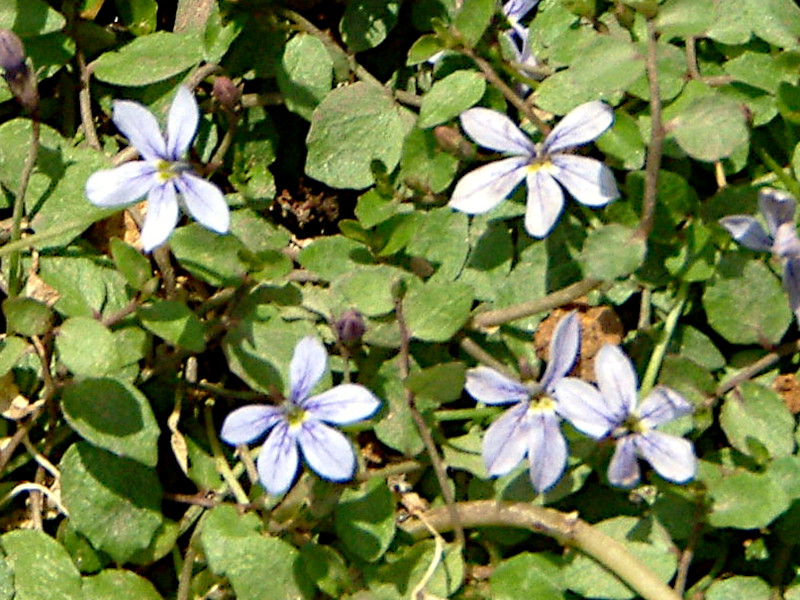Muku Tree
- Flower nameMuku Tree
- Scientific nameAphananthe aspera
- Aliasムクエノキ, 椋の木, Aphananthe, Muku Tree
- Place of originEast Asia
- Place of floweringFields and footpaths, Low mountains, Cemetery & Temple
- Flowering seasonApril, May
What is Muku Tree
Muku Tree or mukunoki (Scientific name:Aphananthe aspera) is a deciduous broad-leafed tree in the family Cannabaceae native to East Asia. Its light green flowers bloom in spring and are visited by starlings in autumn. The bark is light brown in color and branches well. As the tree ages, shallow longitudinal stripes appear in the bark, and when the tree becomes old, the surface layer of the bark peels away. Some trees are 500, 800 and 1,500 years old and are designated as a national natural monument in many areas. The leaves are monocotyledonous and alternate, with hairs on both sides. The leaves are unifoliate and alternate, with hairs on both sides. The surfaces of the leaves are glassy and used to polish things. The leaves are similar to those of enoki but can be distinguished by the extent of their serrations. Namely, Mukunoki has serrations up to the base, while Enoki has only the tip of the serrations. It is dioecious and dioecious, and has many light green male flowers in the inflorescence that extends from the leaf axils immediately after leaf development. The male flowers bloom and are followed by a few light green female flowers in the leaf axils at the top of the branch. The male flowers bloom, followed by a few light green female flowers in the leaf axils above the branches. The sweet fruit is a favorite of wild birds, especially starlings, who love to eat the fruit of this tree, hence the name. The tree trunk is considered to be wood, but it is not so durable that it is not used as a structural material. The tree trunk is considered to be wood, but it is not very durable, so it is not used as a structural material, but mainly as a tooling material or tool handles. and other tools, musical instruments such as shamisen, and balance rods.
Common name: Muku Tree, scientific name: Aphananthe aspera, Origin: East Asia, Distribution: Honshu (Kanto west) to Shikoku, Kyushu and Okinawa, East and South Asia, Environment: moist land, Tree height: 20 m, Tree diameter: 1 m, Bark color: light brown, unifoliate, leaf shape: narrowly ovate, leaflets alternate, leaf margin: serrated, Dioecious,hermaphroditic, Male flowers: many light green florets in the inflorescence of the conglomerate, Staminodes: 5, number of staminodes: 5, Female flowers: After the male flowers have flowered, several light green female flowers appear in the leaf axils above the branch. Flowering time: April-May; Fruit type: acornate; Fruit shape: globular; Fruit diameter: 1 cm.
Fruit color: Green to black, Fruiting season: October to December, Edible: Permitted.
